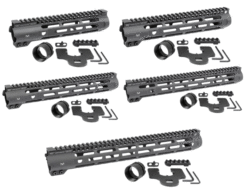Save 14%
MSRP: $69.95
$59.95
Save 17%
MSRP: $59.95
$49.95
Save 12%
MSRP: $64.95
$56.95
Save 20%
MSRP: $49.95
$39.95
Save 9 – 15%
MSRP: $89.95 – $129.95
Price range: $79.95 through $109.95
Save 10%
MSRP: $28.95
$25.95
Save 5%
MSRP: $195.00 – $235.00
Price range: $185.95 through $223.95
Save 5%
MSRP: $230.00
$218.95
Save 5%
MSRP: $205.00
$194.95
Save 4 – 5%
MSRP: $209.95 – $230.95
Price range: $199.95 through $220.95
Save 5 – 6%
MSRP: $167.95 – $188.95
Price range: $157.95 through $178.95
Save 3 – 4%
MSRP: $293.95 – $319.95
Price range: $282.95 through $309.95














